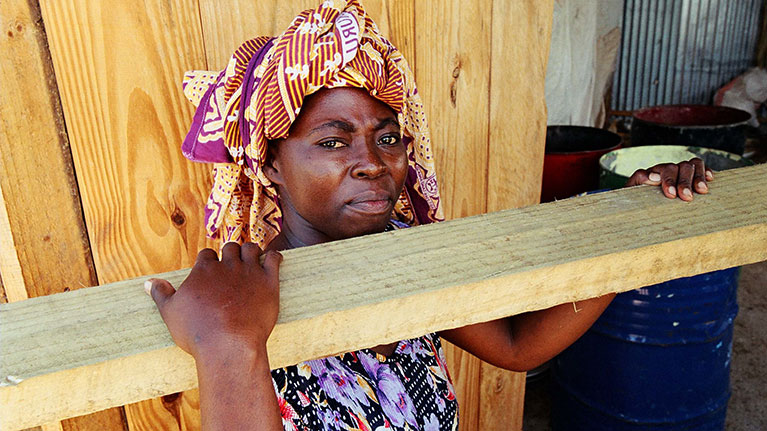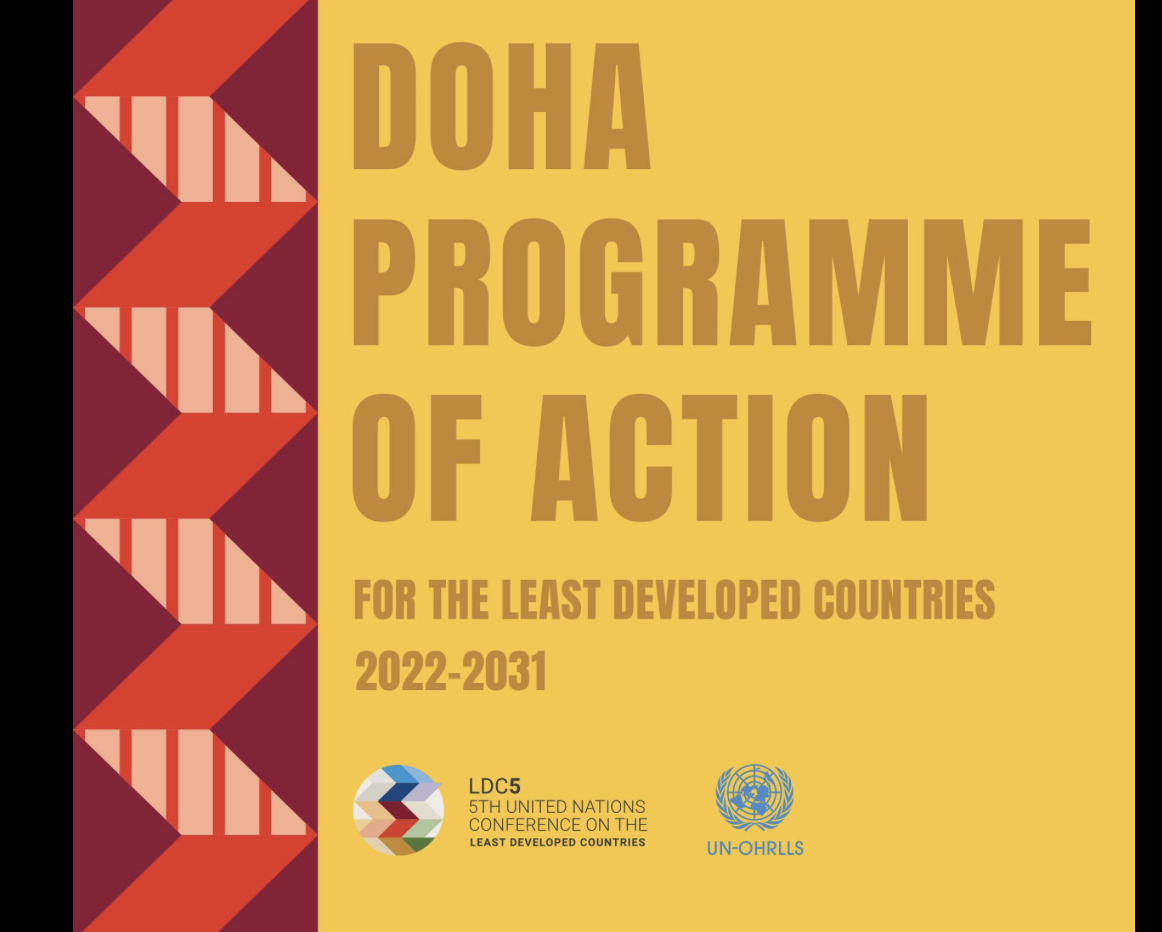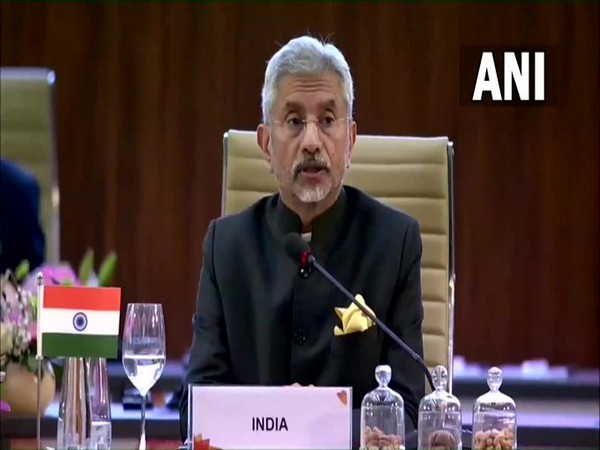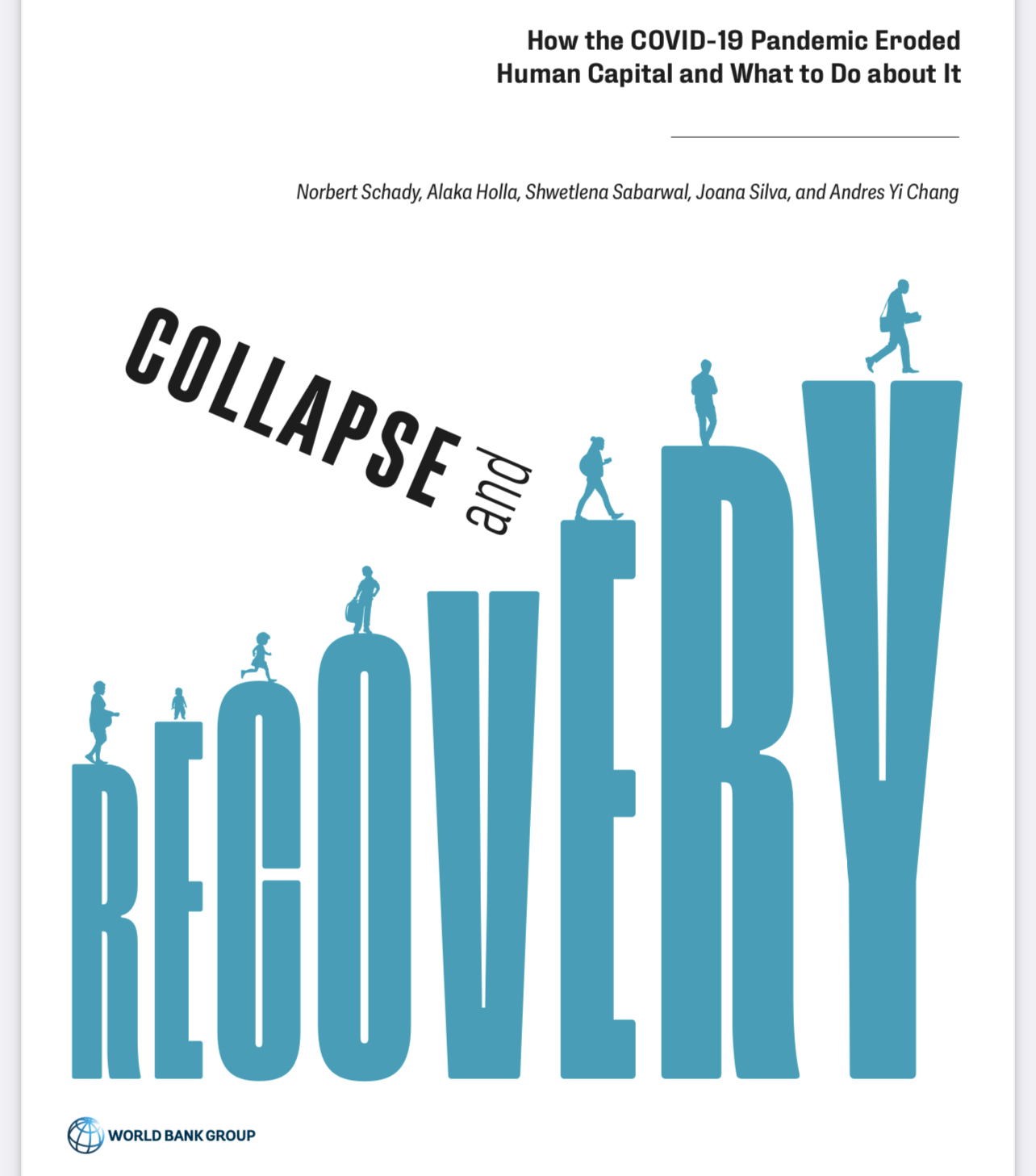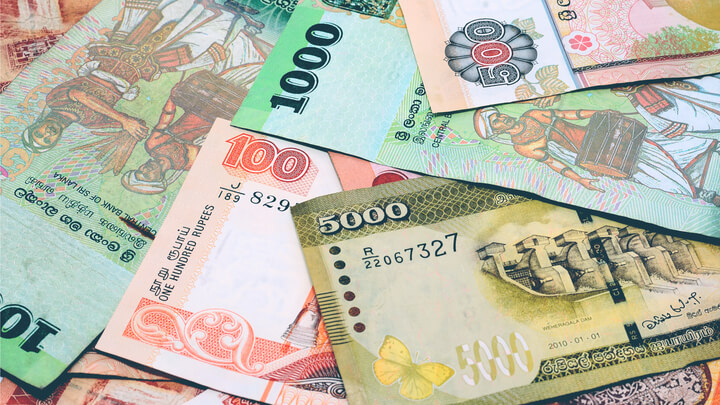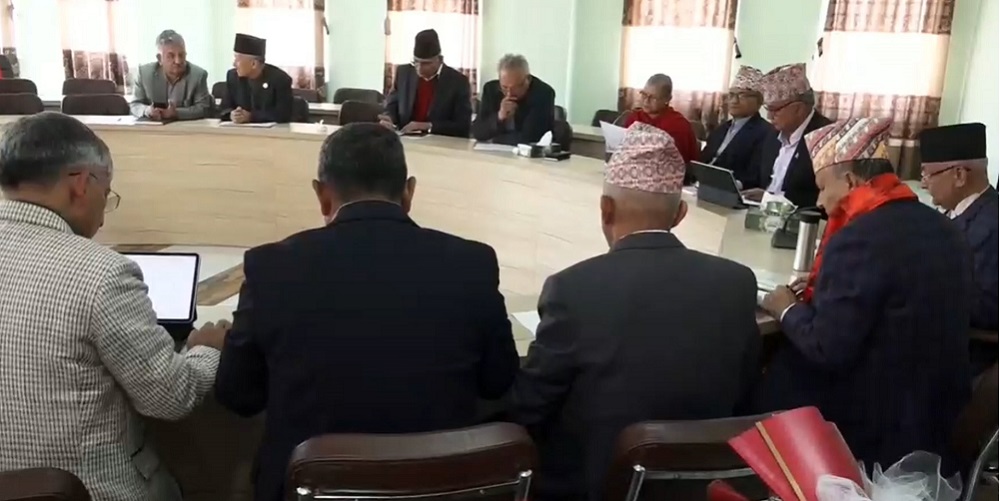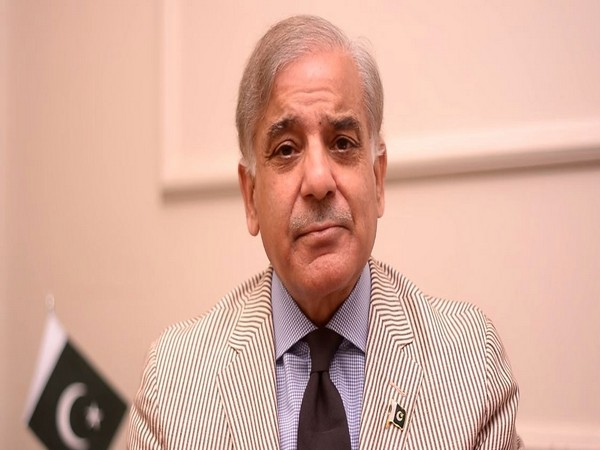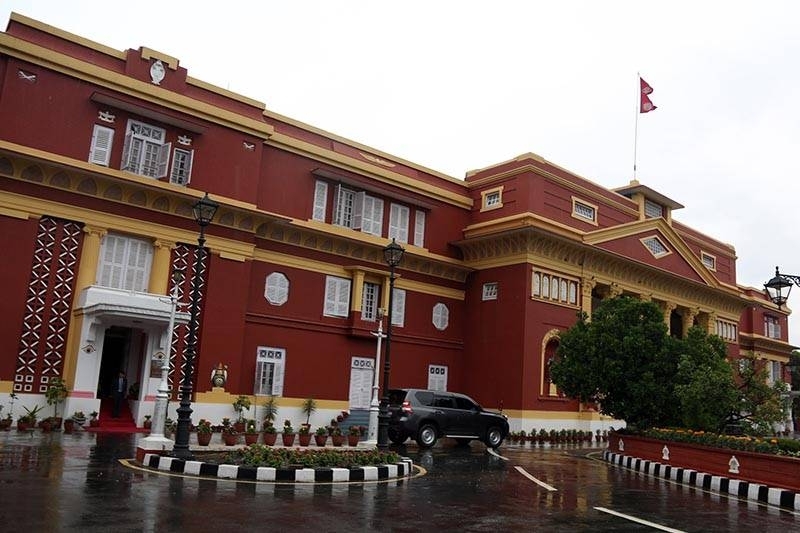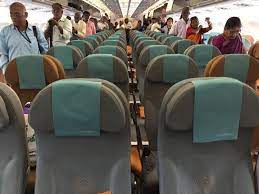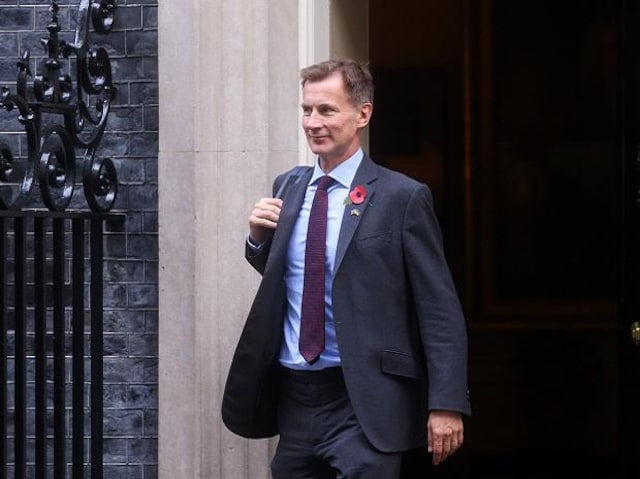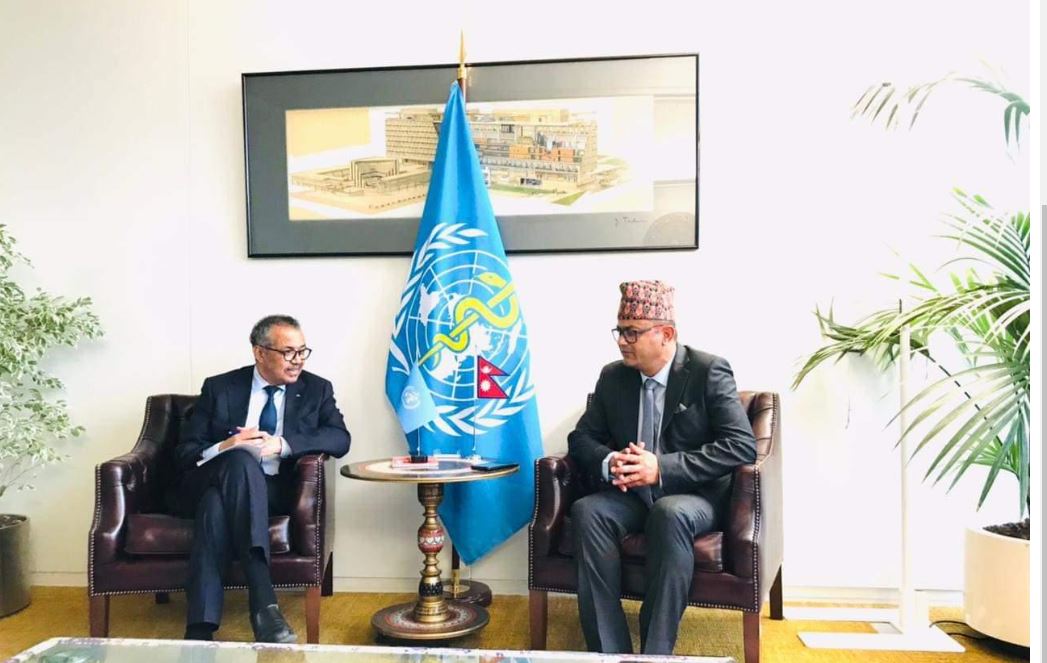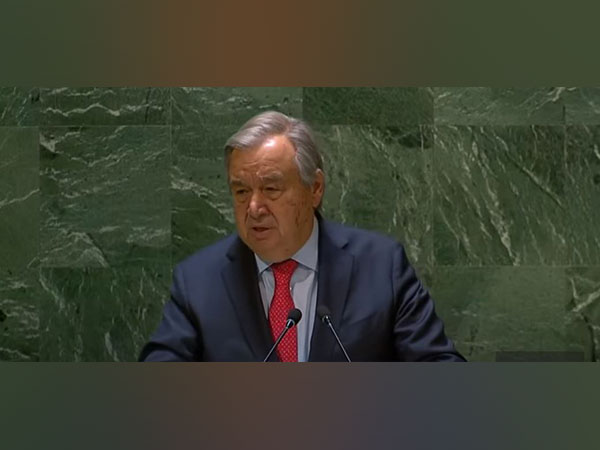By : Miriam Marra, University of Reading
The world’s largest four-day working week trial has just ended and almost all of the companies that participated have decided to continue with a reduced working hours model.
Participants in the trial agreed to produce the same output for the same pay, while reducing their hours to a four-day week. Revenues stayed largely the same across the 61 organisations (and 2,900 employees) that took part in the UK pilot, while employee wellbeing improved significantly, according to a report on the scheme.
Workers experienced less stress and burnout as a result of reduced anxiety and being able to juggle work, caring responsibilities and social commitments more easily, the results showed. There was also better job retention and a substantial reduction in sick days taken during the trial period from June to December 2022.
The results speak for themselves, as does the organisations’ continued commitment to this kind of working pattern. This is a resounding vote for a four-day work week – among these companies at least – but the end of the pilot should not signal the end of testing and tweaking this working model.
A 2019 white paper on the four-day working week published by a Henley Business School team led by Professor James Walker and Dr Rita Fontinha produced similar results. After surveying over 500 business leaders and 2,000 employees, including businesses that had already implemented a four-day working week, we also found that there is no “one-size-fits-all” solution to flexible working. Any shift to a shorter working week needs to be thoroughly planned by companies and their employees.
Each company involved in the recent UK four-day work week pilot programme designed a policy tailored to their particular industry, organisation, structure and work culture. And there are a range of different four-day week models to consider based on issues such as the way days off are chosen or how quickly the model is implemented. There are also many ways to measure changes in productivity levels – from sales turnover, speed of service, delivery of projects by target dates, to various assessments of customer and staff satisfaction.
Carefully planning the shift to a four-day week and providing specific training for managers and employees in advance is crucial to success. A poor implementation could result in problems including stress, unfairness (negatively affecting part-timers, for example), and ultimately, a lack of engagement around preserving productivity. To ensure the success of a four-day working week, input, feedback and commitment from employees at every company level is crucial.
So, other businesses that want to benefit from the advantages of a four-day working week should keep three longer-term considerations in mind.
- Maintaining productivity gains
A four-day working week must be able to guarantee persistent productivity levels in the long term, when the shift becomes a permanent policy. There is a danger that once the novelty has worn off, and after employees have changed their contractual working pattern, they may be less motivated to produce the “25% boost” in productivity on the four days they do work.
After the success of the recent pilot, researchers and academics must now embark on a prolonged assessment of productivity changes. New businesses, and those involved in the first trial, will hopefully agree to continue supporting this research.
- Committing to a shorter working week
It’s important to consider the impact of the current economic situation on working practices. High inflation has increased the costs of production for businesses and the cost of living for employees. On the one hand, this environment could erode employers’ focus on employee wellbeing. But it could also push employees to reduce their working week in their main job to try to make additional income elsewhere on the fifth day. This could defy the four-day working week purpose of higher productivity and wellbeing gains.
More broadly, in these challenging economic times, both employers’ and employees’ focus may shift from job improvement to job preservation (or even multiplication). Researchers and policymakers need to develop ways to support the braver businesses that decide to avoid job cuts and support more flexible working policies at this time. The macroeconomic situation will change and new working models should be planned with a long-term perspective.
- Assessing all flexible work options
COVID lockdowns fuelled interest in various flexible work practices, as well as providing the opportunity to test some on a wider scale. Our research team wanted to understand whether opinions about the four-day working week changed because the pandemic presented other flexible models such as remote working. In November 2021, we launched a second round of surveys to find out if the four-day week been overshadowed.
The results showed that the four-day working week was still the desired option out of the various flexible working arrangements available. Further, most people preferred to be able to choose the fifth day off (around 70%) or to take a Friday or Monday (61%).
After the four-day week, working full-time hours but being able to choose when to do them, and being able to work from home whenever needed, were the second most popular options (65% and 66% respectively). Working from home all the time was the least favourable option, but it gained a significant number of extra supporters after the pandemic, rising to 51% from 43% pre-COVID.
Our research also indicated that preferences change based on employee demographics. Women were significantly more likely to want alternative working options compared to men, for example. We also saw regional differences: people in north-east England, Scotland and Northern Ireland were most attracted to a four-day working week. Those in Greater London and the south-east preferred to work flexibly or from home as needed.
Business leaders need to understand the full picture of needs in their individual businesses to make flexible working a success. A balance must be struck between individual preferences and formal human resources policies and work processes. This will help to maintain productivity, alongside employee wellbeing, even as people work fewer hours for the same pay.
From : The conversations




